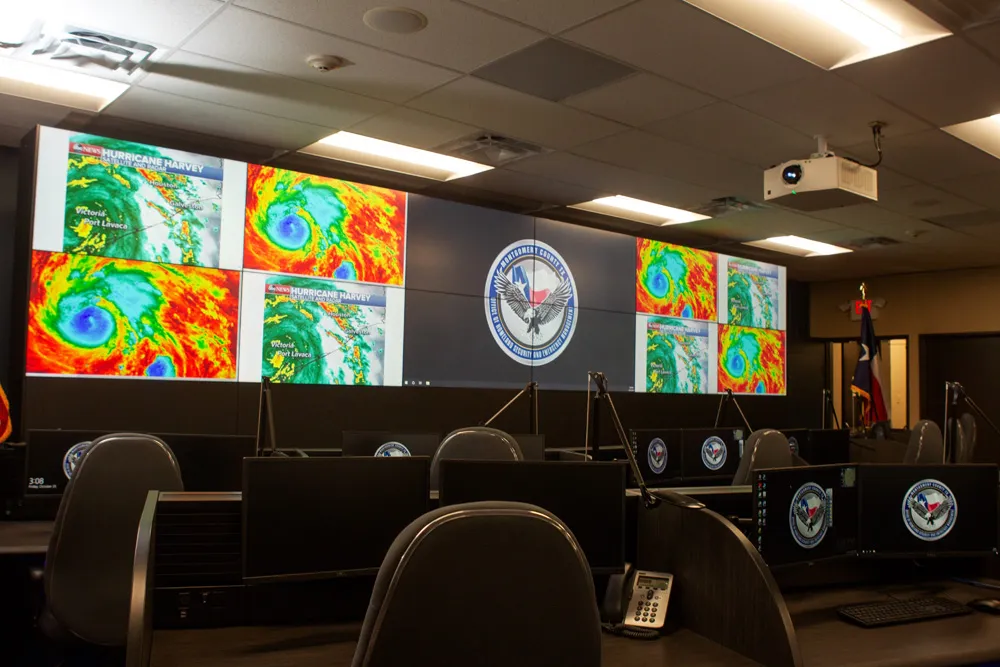Swedish transport administration Trafikverket has awarded Alstom a contract worth US$73.5 million to implement the Iconis railway control centre solution. The new traffic management system will cover the entire country and forms part of a broader project by Trafikverket to improve the punctuality and capacity of its network. The scope of the contract, which will run for eight years with an additional nine-year option, also covers the development and maintenance of the system.
Alstom’s Iconis Mainline con
October 1, 2015
Read time: 1 min
Alstom’s Iconis Mainline control centre solution integrates information, monitoring, control and optimisation of the entire rail network, allowing for traffic disturbances, management and resource allocation.
Alstom’s solution combines the reliability of a standardised product with the necessary flexibility for future evolution. Iconis is a highly configurable product based on open integration technologies that can be adapted to customer requirements and which accommodates changes and additional features.









